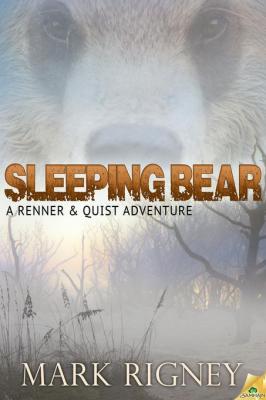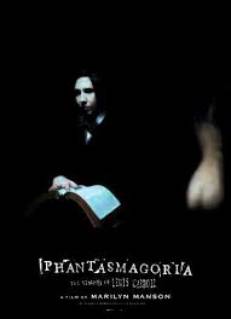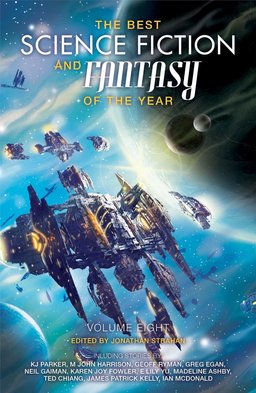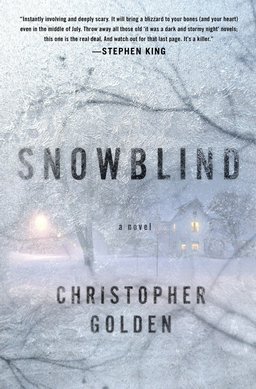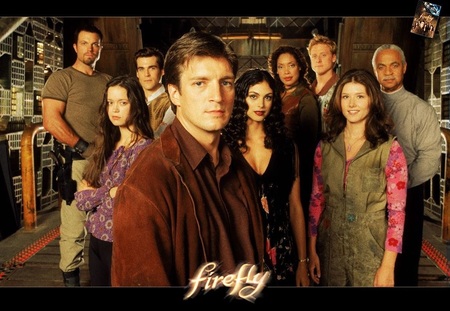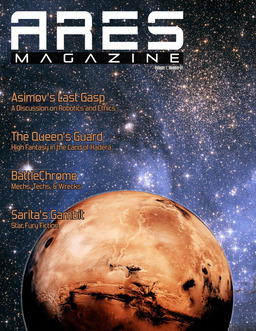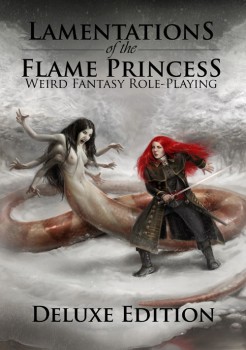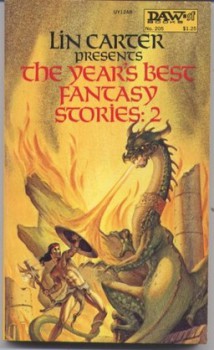When Is An Apocalypse Not an Apocalypse?
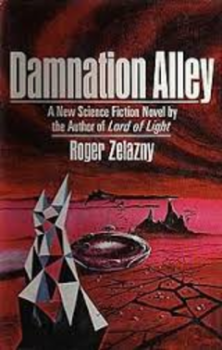 Last week, I was talking about apocalyptic novels – both Fantasy and SF – that I have on my shelves, and once again I got some very interesting and stimulating commentary. There are quite a few recommendations in those comments – along with some great ideas – so I’d advise you to have a look.
Last week, I was talking about apocalyptic novels – both Fantasy and SF – that I have on my shelves, and once again I got some very interesting and stimulating commentary. There are quite a few recommendations in those comments – along with some great ideas – so I’d advise you to have a look.
I was a bit chagrined when one of the commenters mentioned Roger Zelazny’s Damnation Alley (1969) as an example of post-apocalyptic SF. Like the other books I cited, this one is on my shelves, and as a big fan of his, I don’t know how I missed it. I’m going to talk about it, and about another of Zelazny’s novels, This Immortal (1965/66), but first, a little clarification.
One of the things we got into in the comments was exactly what we meant by “apocalypse” and “post-apocalyptic.” Now, as someone who not that long ago had a little rant about definitions, I probably should have been clearer about what I meant by those particular terms. Not that there was any name-calling or hair-pulling in last week’s comments. Just that I should have been more careful to follow my own advice.
Here’s my take on it: The existence of a precursor society is insufficient to make a story post-apocalyptic. An apocalyptic event brings about the “end of the world as we know it.” It should happen abruptly, not slowly over the course of time, as with the fall of the Roman Empire, or the disappearance of the civilization of the Caids in my own Dhulyn and Parno Novels. The new, post-apocalyptic society should be starting, effectively, from scratch. Maybe they’ve retained some “stuff” from the previous civilization, even some of the political or social ideas, but their world has changed in a way that can’t be changed back. The apocalyptic event can be natural or man-made – and I’d include magically created events in the latter category.
